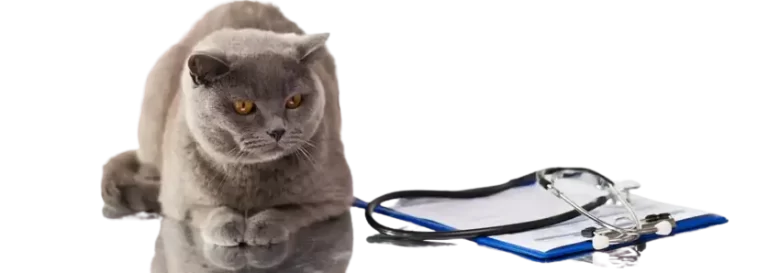Kittens and Cat flu

Cat flu (feline viral infectious respiratory disease) is a virus that, much like human flu.
Symptoms include fever, sneezing, discharge from the eyes and nose, conjunctivitis and occasionally ulcers on the surface of the eye. Ulcers may also develop on the tongue. Anorexia can be a problem, especially in kittens, leading to dehydration a serious concern.
These viruses cannot be transmitted to humans. Cats can’t catch human flu and humans can’t catch cat flu. Dogs can’t catch cat flu either!
Cat flu is not usually serious in healthy cats. But it can be serious, and even fatal, in kittens and adult cats with underlying illnesses, so it’s important to get your pet to the vet immediately.
Cat flu is not usually serious in healthy cats. But it can be serious, and even fatal, in kittens and adult cats with underlying illnesses, so it’s important to get your pet to the vet immediately.

Cat flu is a term and most owners hate to hear associated with their pets. The main disadvantage a cat infected with cat flu has is that it becomes more susceptible to secondary infections. If you think your cat has the flu, please speak to a vet to prevent it from reaching that stage. Cat flu can make it a lot more difficult for a cat to recover from a secondary infection in the long run. This secondary infection could be a factor that contributes to the death of your pet.
Kittens will fully recover from cat flu and never have a problem again but unfortunately, some kittens don’t manage to fully get rid of the virus and become “carriers”, meaning they have the virus inside for their whole life. This does not mean your pet is ill, it just means the virus is there is in it system and we can say is normal. Once your kitten has caught cat flu and is a carrier will suffer with flare-ups from time to time.
Cat flu can make a kitten very poorly and for this reason speak to your vet getting your kitten vaccinated against cat flu.
Cat flu often affects kittens more severely than adult cats because they find it trickier to fight infections.
Like human flu, there is no specific cure for cat flu but treatment can help to make a kitten feel better, speed up their recovery and limit future flare-ups.
In most cases, cat colds are harmless and will go away on their within 1-2 weeks but some recovery time are up to 6 weeks in severe cases. The duration of the condition is related to the type of virus or bacterial infection causing the symptoms. Cats who have picked up feline herpesvirus will carry it for life.
Contact your vet straight away if you notice any signs of cat flu in your kitten.
Cat flu is highly contagious and can spread from one feline to another via discharge from the eyes, nose and mouth. Contaminated food or water bowls can also be a source of the spread of disease.
Cat flu treatment:
⮞Vaccination against FHV and FCV
⮞Anti-inflammatories
⮞Antibiotics
⮞Lubricants and eye drops
⮞Mucolytics
⮞Reduce stress
⮞Wipe nose and eyes
⮞Keep them fed and hydrated
⮞Help them breathe
⮞Calcivirus
Don’t let your kitten out of your house until they have been fully vaccinated.
Symptoms of flu
⮞Sneezing
⮞Weepy, sore eyes
⮞Closing eyes (cat flu can cause eye ulcers)
⮞Sore throat (swallowing or gagging)
⮞Runny nose or snuffling
⮞Fever (high temperature)
⮞Ulcers in the mouth
⮞Coughing
⮞Lethargy
⮞Not eating or eating less than usual.
Kittens with cat flu may also develop more severe symptoms:
⮞Pneumonia (lung infections)
⮞Eye ulcers so severe that sometimes the eye has to be removed
⮞Breathing problems which can be long term if there is damage to the throat, nose or lungs
⮞Limping due to pain and swelling in all of their joints.
It is very important to contact your vet straight away if your kitten is showing any of symptoms of cat flu.
You know your kitten best. If they don’t have the symptoms listed above but you are still concerned it’s always best to book an appointment with your vet. It’s likely they’ll ask you to wait in the car with them to help prevent the spread of cat flu to other cats and kittens in the waiting room.

